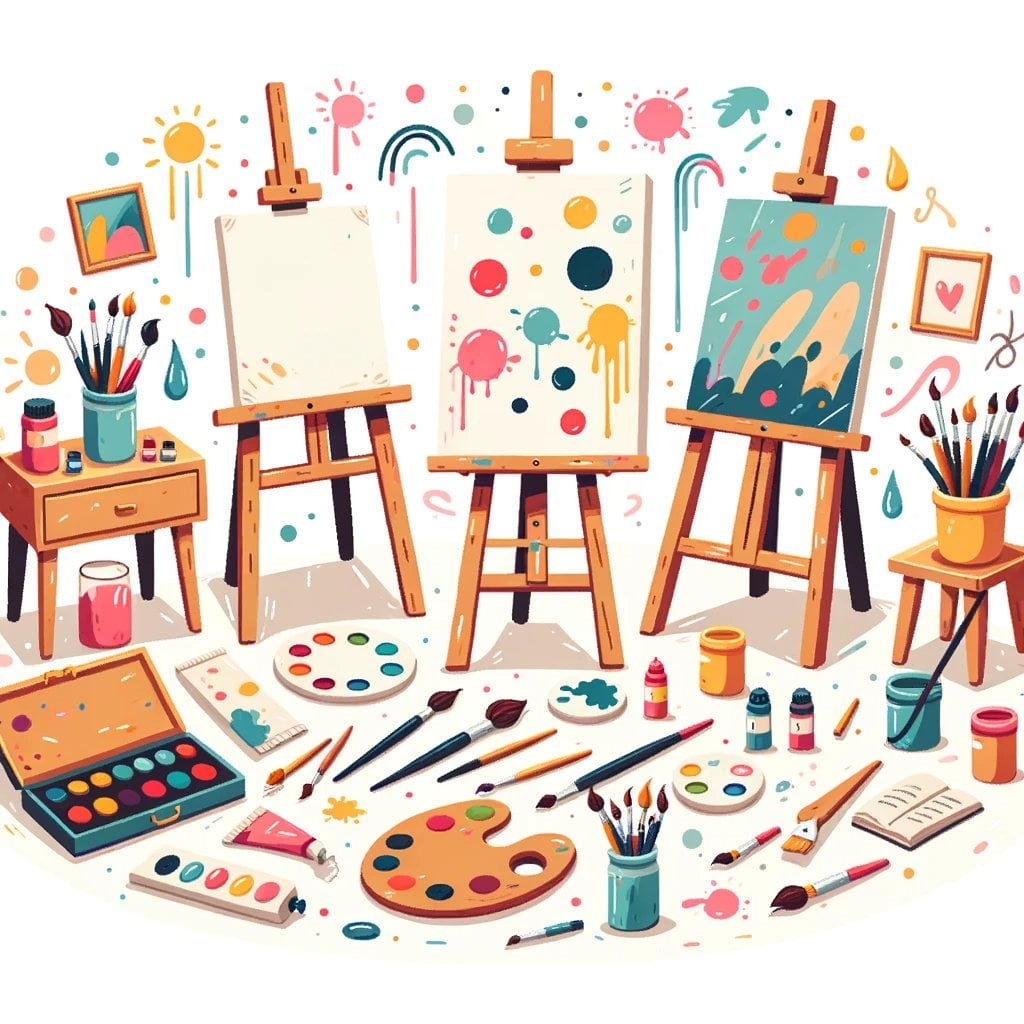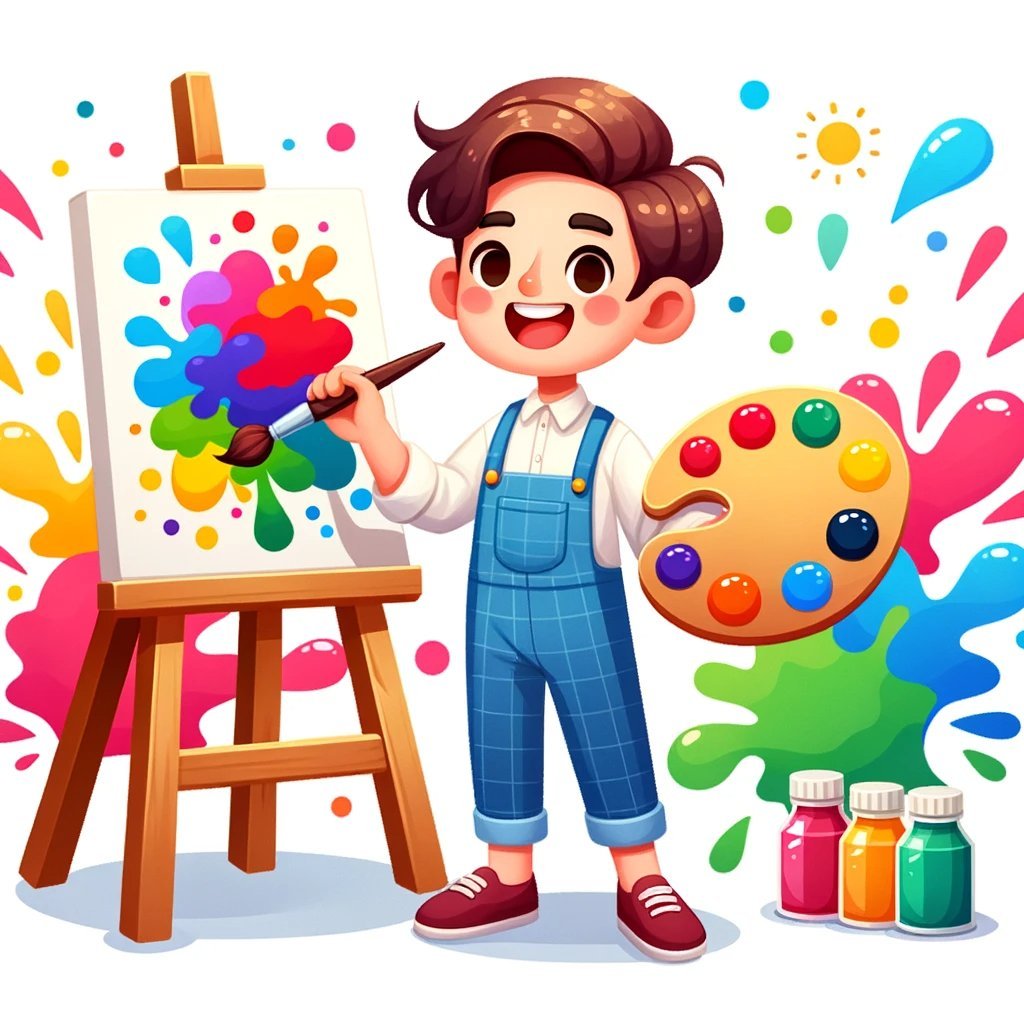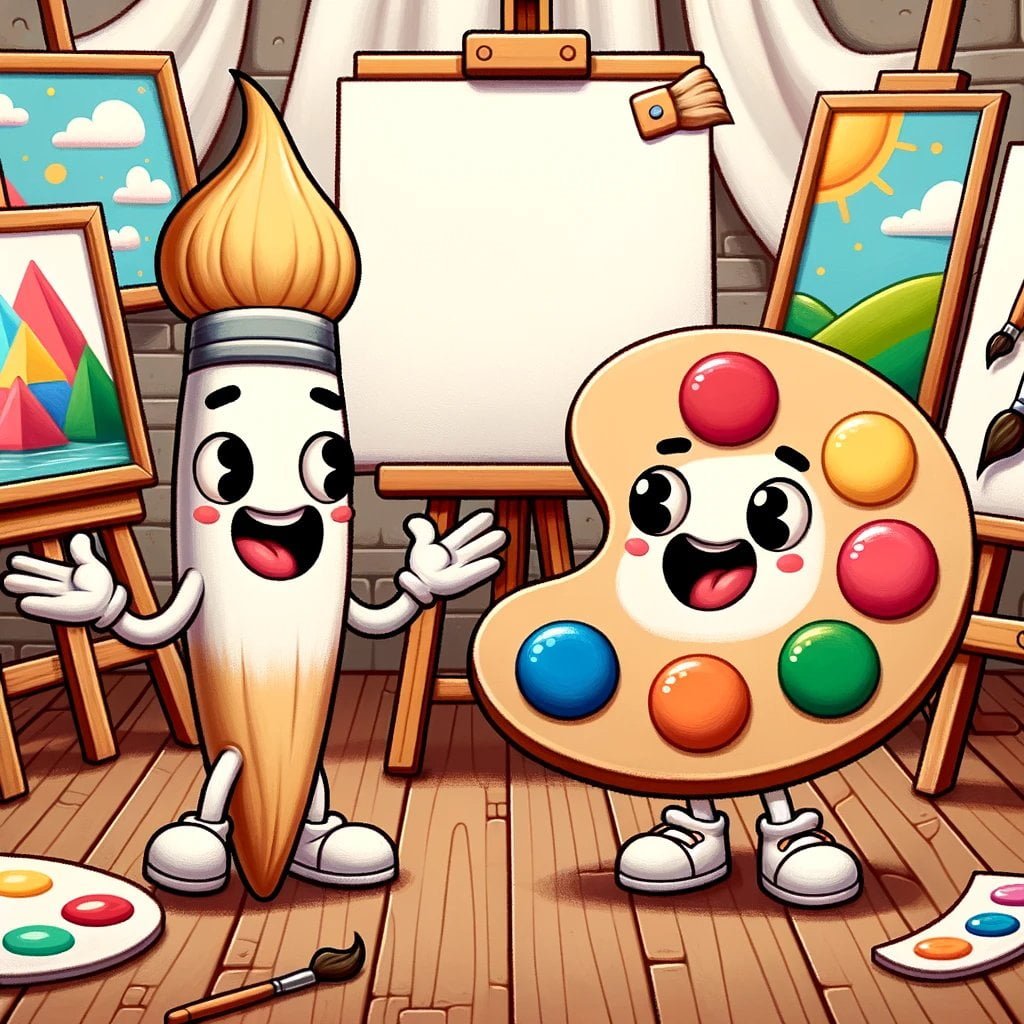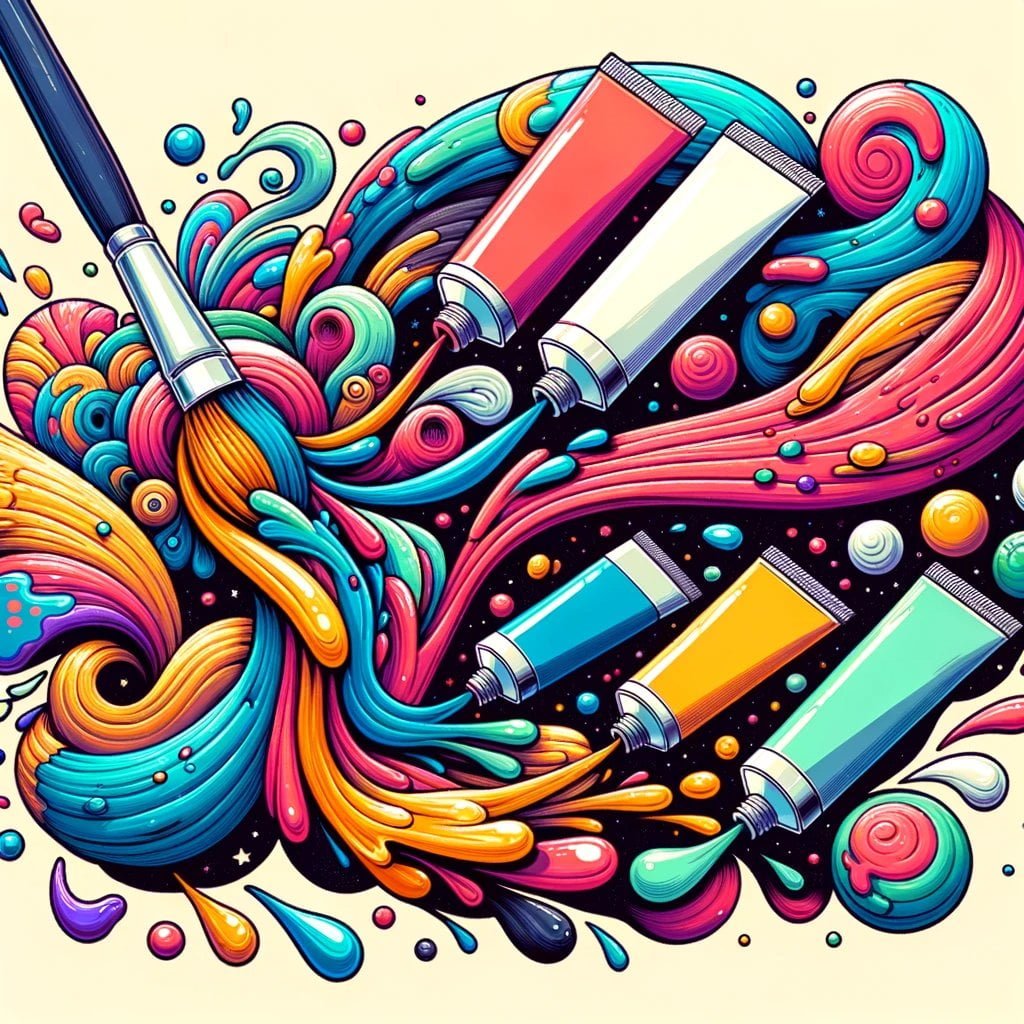Are you ready to dive into the captivating world of painting? Brace yourself for an exhilarating journey as we unravel the hidden treasures of art history and uncover the mesmerizing fun facts that lie beneath the strokes of genius. In this article, we will navigate through the intricate tapestry of artistic movements and explore the vibrant stories behind iconic masterpieces. From enigmatic secrets concealed within renowned paintings to astonishing anecdotes of celebrated artists, get ready to be enthralled by a kaleidoscope of intriguing and delightful nuggets of knowledge. So, grab your brush and palette as we embark on this thrilling adventure, where each stroke of paint reveals a fascinating tale. Welcome to “Painting Delights: Unveiling Fun Facts in Art History.”
Fun Facts About Painting
The fascinating and illustrious history of painting spans thousands of years. Painting, an artistic medium that has engrossed spectators globally since its inception in antiquity, has undergone a remarkable transformation. This article aims to explore intriguing and unexpected facts regarding painting, which are certain to stimulate your curiosity and enhance your admiration for this enduring artistic medium.
The Oldest House Recipe for Paint
It is noteworthy that the earliest known formulation of house paint consisted of lime, milk, and occasionally natural pigments. Demonstrating the ingenuity of early civilizations, this formulation of paint dates back thousands of years. It is intriguing to consider that milk, a prevalent domestic commodity, may have been utilized in the construction of long-lasting and aesthetically pleasing walls.
An Interesting Fact: “Early humans used natural pigments and charcoal to draw on cave walls, but it was the combination of milk and lime that brought paint to the homes of our ancestors.”
The Milk-Painted Tomb of King Tut
Regarding milk paint, were you aware that this distinctive variety of paint was utilized to embellish the tomb of King Tut? Due to the ancient Egyptians’ conviction that milk paint provided durability and protection, it was deemed the optimal material for safeguarding the pharaohs’ treasures. This interesting anecdote serves as a reminder of the ancient Egyptians’ devotion to artistry and their conviction in the potency of creation.
Interesting Fact: “King Tut’s tomb beautifully showcases the longevity of milk paint, ensuring that his legacy would be preserved for centuries to come.”
The Development of Paint Dispenses
While cans are now a prevalent site in the world of painting, this was not always the case. In 1866, Sherwin Williams, a prominent character in the paint industry, unveiled the initial formulation of “ready-to-use” paints. Additionally, they transformed the way paint was stored by inventing the initial resealing paint can made of tin. Artists and homeowners equally found the painting process more convenient and accessible as a result of these developments.
Interesting Information: “Sherwin Williams played a pivotal role in modernizing the painting process, giving birth to the iconic paint we know and love today.”
Consequences for the Environment of Paint
Despite the fact that painting can enhance our lives with its aesthetic appeal and ingenuity, its environmental impact must not be overlooked. Approximately 10% of all paint purchased in the United States is surprisingly discarded, with residential painting endeavors accounting for the majority. This equates to an extraordinary waste of sixty million liters. The significance of mindful consumption and the necessity for environmentally sustainable practices in the realm of painting are underscored by these figures.
Interesting Information: “The staggering amount of wasted paint serves as a poignant reminder that sustainable and eco-friendly painting practices should be embraced by all.”
The Healing Potential of Painting
Painting, in addition to its aesthetic merits, can be an extraordinarily therapeutic activity. Artistic expression enables individuals to visually manifest their thoughts and emotions, facilitating introspection and self-expression. Painting, whether achieved through the use of vivid brushwork or intricate attention to detail, provides an exceptional opportunity for individual development and emotional tranquility.
Interesting Fact: “Painting can be both visually mesmerizing and emotionally cathartic, offering a therapeutic escape from the complexities of life.”
Painting has consistently engrossed and motivated observers since the earliest cave walls until the present-day canvas. These interesting facts underscore the resourcefulness exhibited by early Homo sapiens, the progression of the painting technique over time, and the profound influence that art can exert on our existence. Therefore, the following time you wield a paintbrush or behold a work of art, bear in mind these delectable tidbits of knowledge and allow them to enhance your affinity for the marvelous realm of painting.
Are you curious about the fascinating world of painters? Want to uncover some lesser-known tidbits about these artistic geniuses? Well, here’s your chance! Click here to discover a compilation of fun facts about painters that will leave you in awe. From bizarre painting techniques to peculiar personal habits, this article will take you on an enthralling journey through the lives and minds of these creative souls. Prepare to be amazed as you delve into the intriguing world of painting!
Check out more fun facts about painters here: Fun Facts About Painters
FAQ
What is the duration of your painting practice?
Painting is a discipline that dates back 30,000 years. Early Homo sapiens drew on cave walls using charcoal and natural pigments. Early cave paintings were fashioned from charcoal, hematite, manganese oxide, and red or yellow ochre. Through the process of grinding pigments and combining them with animal blood and lipids, primitive paints were produced.
When did paint containers first appear?
Before Sherwin Williams introduced the first “ready-to-use” pigments in 1866, paint was not available in cans. Furthermore, Sherwin Williams invented the first resealing tin paint can.
What is the amount of paint residue in the United States?
A: Approximately 10% of all paint purchased in the United States is ultimately discarded, with residential painting endeavors accounting for the majority. This represents a waste of over sixty million liters.
What ingredients were utilized in the production of the earliest house paint?
Historically, the most ancient house paint was composed of lime, milk, and occasionally natural pigments. Even the tomb of King Tut was embellished with milk paint.
Is painting potentially therapeutic?
Yesnting can be therapeutic because it provides a visual outlet for the expression of one’s thoughts and emotions.















